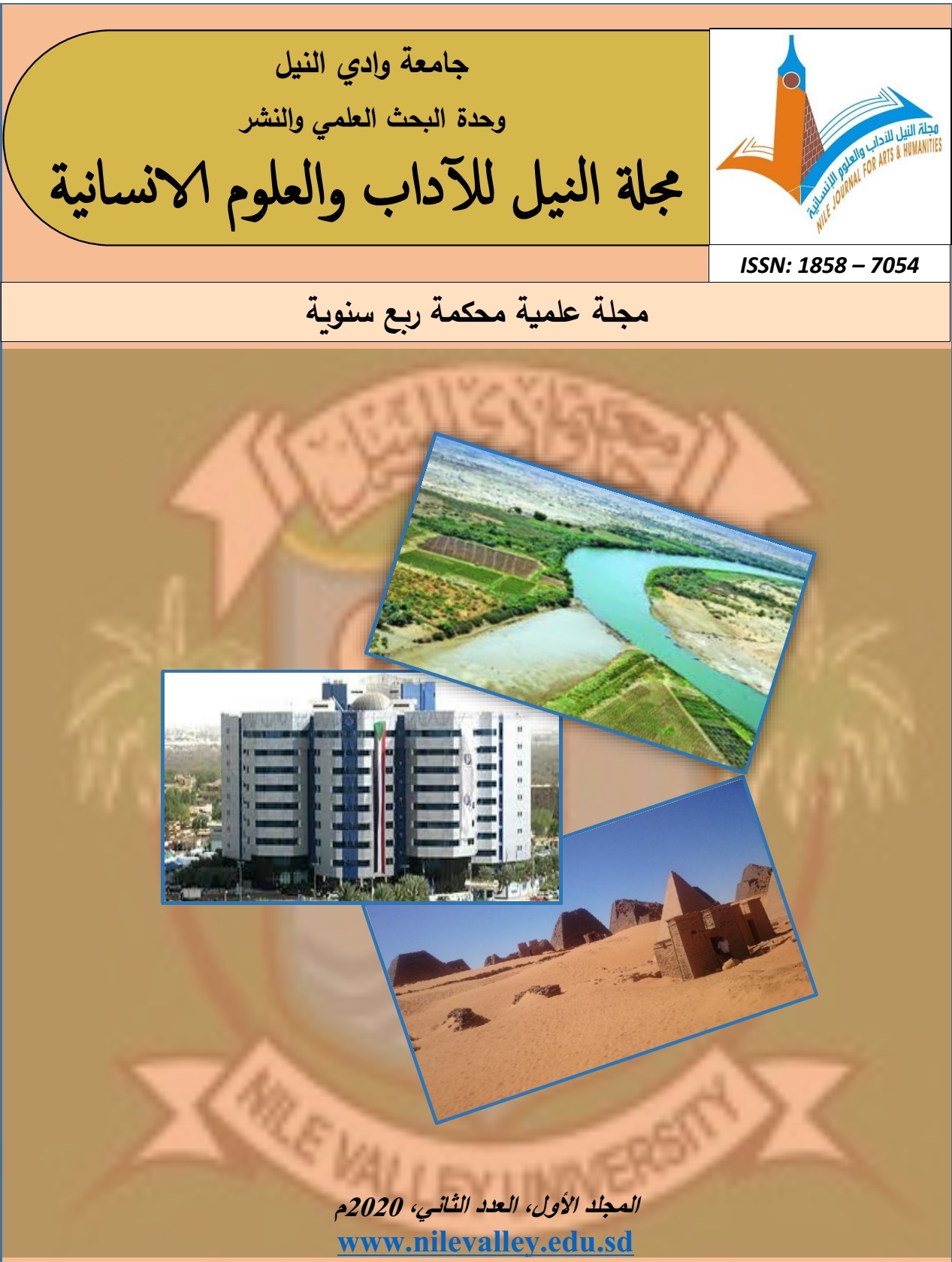Exchange Rate Determination: An Application of a Monetary Model for the Sudan for the Period (1982-2018)
Abstract
The purpose of this study is to construct and estimate an econometric model for the nominal exchange rate in the Sudan for the short and long run. The study has used the flexible-price monetary model for the years 1982-2018. The results of the co-integration test for the autoregressive-distributed lag approach have confirmed the significant long-run relationship among considered variables. The estimations of the long run have indicated a significant negative association of exchange rates with the real gross domestic product (GDP). However, money supply and consumer prices index have a positive and significant effect on exchange rates. Signs of the estimated coefficients of the error correction model agreed with the theoretical model, which supports the monetary model. The coefficient on error-correction term ( ), is negatively signed and significant at 1% level of significance confirming the existence of long-run relationship. This has shown that about 46 % of any disequilibrium has been corrected for every year in the economy. Based on the findings, the study recommended that, to stabilize the exchange rate, policy makers should adopt suitable macroeconomic policies that aim at increasing real GDP. In addition, the monetary authority should control money supply to reduce inflation and to achieve exchange rate stability.


